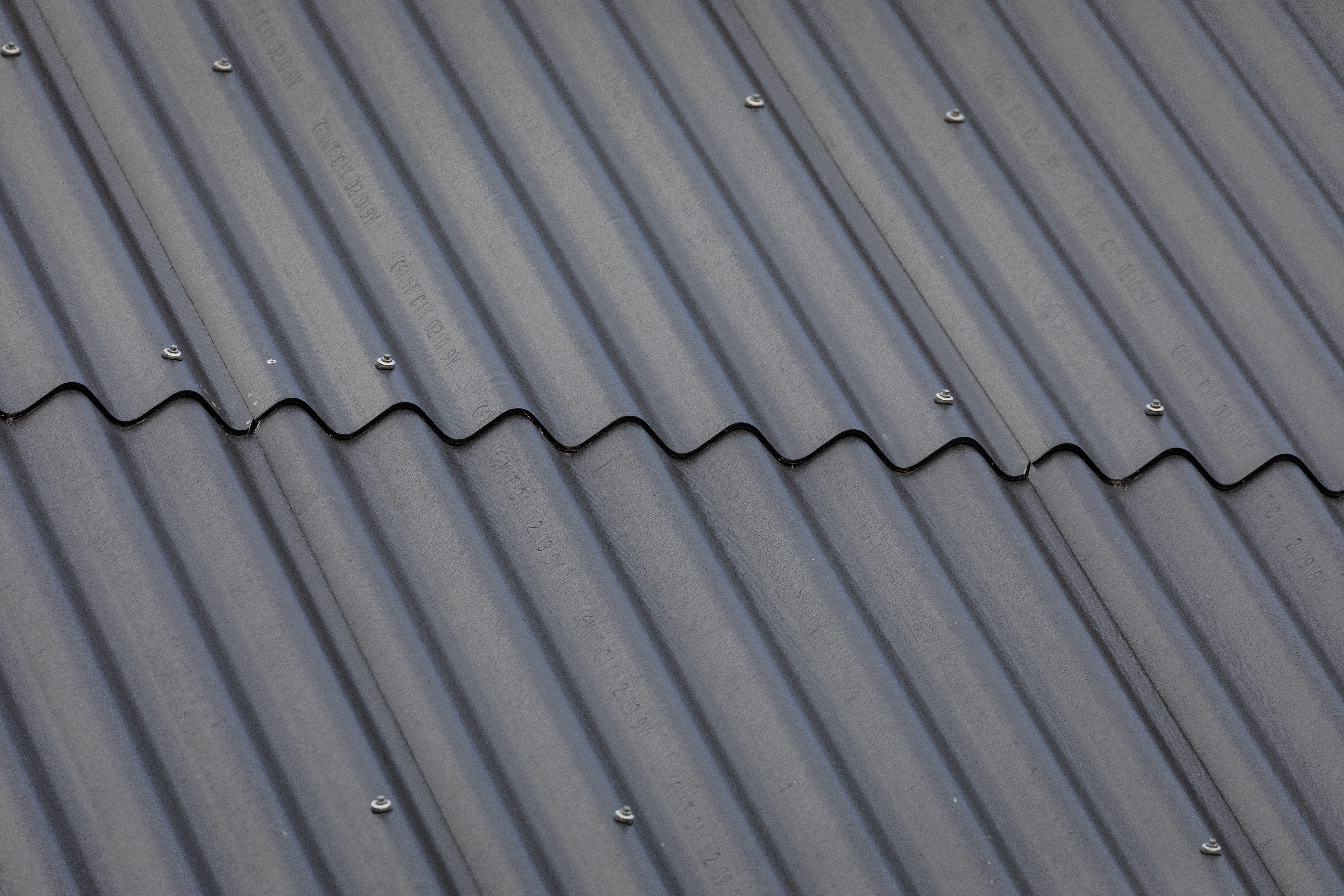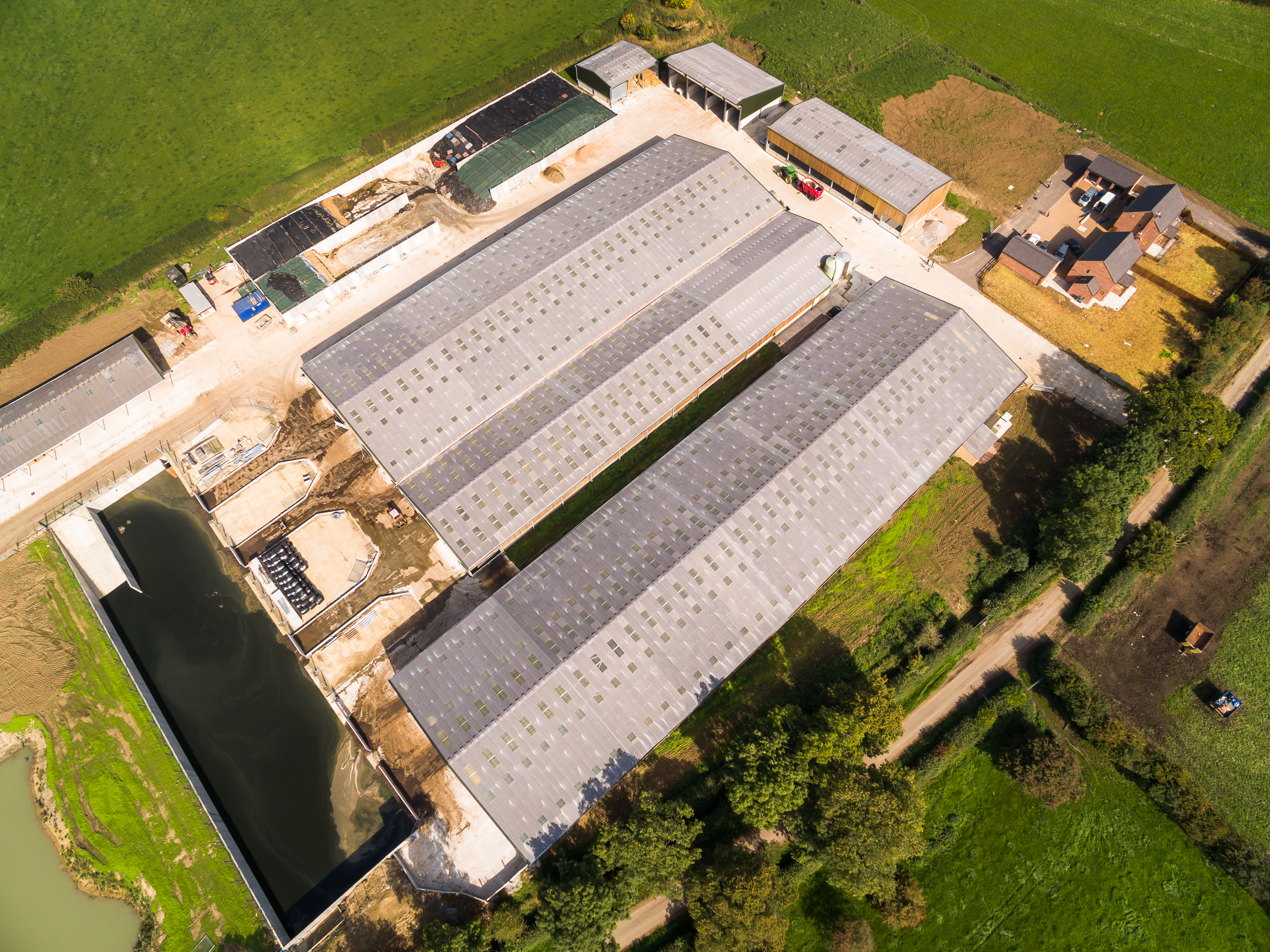Fibre cement, the best resistance to environmental factors
Fibre cement isn’t just hailed for its flexibility and versatility, making it an ideal solution for various applications (facades and roofs). It’s also highly resistant to environmental factors. That’s what makes it ideal in construction for housing livestock.

Fibre cement is made from cement, water, and natural and synthetic fibres. It’s renowned for being robust in different environments. It remains in perfect condition, even when subjected to sudden temperature variations and inclement weather.

Faced with high temperatures, the low thermal transmittance of fibre cement sheets swings into action. In other words, the roof doesn’t accumulate heat, or transmit it to the building's structure. Equally important: the breathable nature of the material keeps the temperature of the roof at a moderate level and doesn’t generate condensation.
Fibre cement, which is totally waterproof (even against wind-driven rain), lets humidity escape, but prevents it from entering your building. Whether in cold, humid or rainy conditions. The roof can absorb up to 25% of its dry weight in moisture when it rains and releases it in warm conditions.
The icing on the cake? Fibre cement is resistant to fire, fungi, and insects. Without doubt, it’s the best choice for a livestock farm.
Share your #myeternit
project with the world